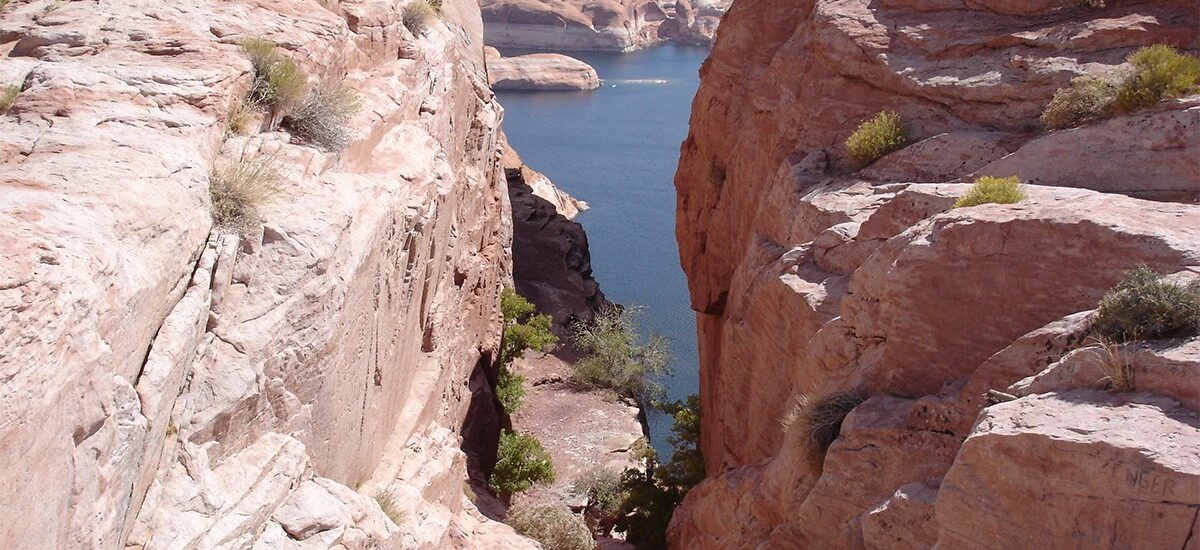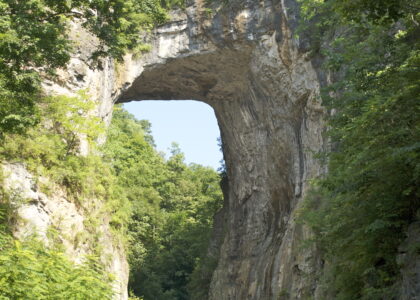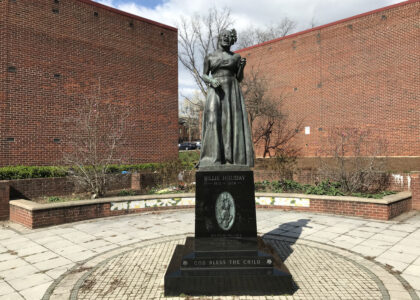As you stand here, you are gazing upon an area that was once traversed by a group of determined pioneers in 1878. This is the site of the Hole-in-the-Rock Expedition, an extraordinary journey undertaken by a group of Mormon settlers seeking new land to colonize in southeastern Utah. The story of their expedition is one of grit, faith, and the indomitable human spirit.
The expedition began in the fall of 1879 when approximately 250 Mormon pioneers, responding to a call from their leaders, set out from Escalante, Utah. They were tasked with establishing a settlement in what was then considered a remote and inhospitable region near the San Juan River. The journey was supposed to take six weeks, but it turned into a grueling six-month ordeal through some of the most challenging terrain in the American West.
The pioneers faced numerous obstacles, but perhaps the most daunting was the sheer sandstone cliff they encountered at the edge of the Colorado River, known today as the Hole-in-the-Rock. Here, they were faced with the seemingly impossible task of lowering their wagons down a 1,200-foot drop to the river below. With remarkable ingenuity, they blasted a narrow passageway in the rock, wide enough for their wagons to pass through. This feat of engineering was made possible by the leadership of men like Silas S. Smith and the unwavering dedication of the settlers.
The descent through the Hole-in-the-Rock was perilous. The pioneers used ropes and brakes made from tree branches to lower their wagons down the steep incline. It’s said that many of the wagons had to be partially dismantled and reassembled at the bottom. Yet, despite the near-impossible odds, not a single life was lost during this part of the journey.
After crossing the Colorado River, the pioneers continued their trek through the rugged landscape, enduring harsh weather, scarce resources, and difficult terrain. They finally reached their destination in April 1880, where they founded the community of Bluff, Utah. This settlement became a crucial outpost for further Mormon expansion into the region.
Today, the Hole-in-the-Rock stands as a testament to the pioneering spirit that shaped the American West. It is a symbol of determination and resilience that continues to inspire those who visit. The passage that the pioneers carved into the rock remains visible, a tangible reminder of the challenges they overcame.
In the broader context of American history, the Hole-in-the-Rock Expedition exemplifies the drive for westward expansion and the role of religious communities in settling the frontier. It speaks to the cultural and historical landscape of Utah and the enduring legacy of the Mormon pioneers.
So, as you walk here, imagine the sounds of wagons creaking, the voices of families encouraging one another, and the echo of chisels against stone. This is a place where history is not just remembered but felt—a place where the past comes alive with stories of human perseverance.






